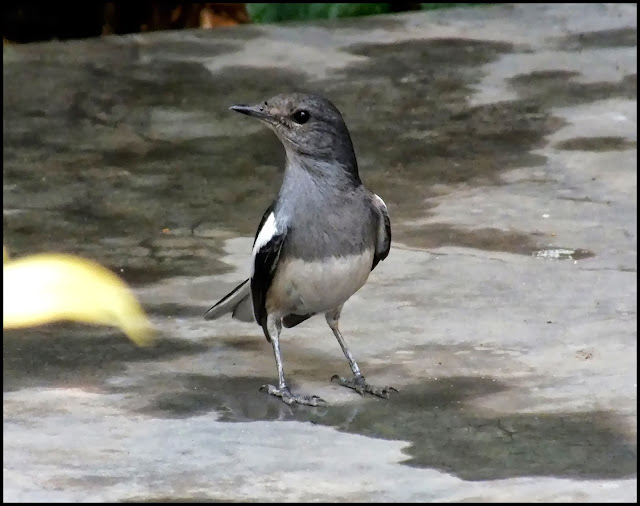Factual Description:-
Common name:- Common Tailorbird
Scientific name:- Orthotomus sutorius
# The tailorbird owes its name to the female's extraordinary sewing skills.
# The female uses her bill as a needle, she stitches one or more leaves into a pouch to form the basis of the nest.
# Brown and olive-green plumage conceals the common tailorbird as it hunts tirelessly in undergrowth for food.
# They range in size from 10 to 14 cms and weigh 6 to 10 gms.
# The sexes are identical, except that the male has long central tail feathers in the breeding season.
# Feeds on insects and other small invertebrates that are abound in the tropical habitat.
# To creep in the undergrowth, it uses its bill and eat beetles, bugs, caterpillars, spiders, leaves, stems and branches.
# The bird hops actively among bushes, hedges and trees in its search for tiny insects, its tail cocked high above its back and wagging from side to side.
# The feed of bird is three forward-pointing toes and a single hindtoe give the bird a firm grip as it perches.
# IUCN status of common tailorbird is ''Least Concern''.














































